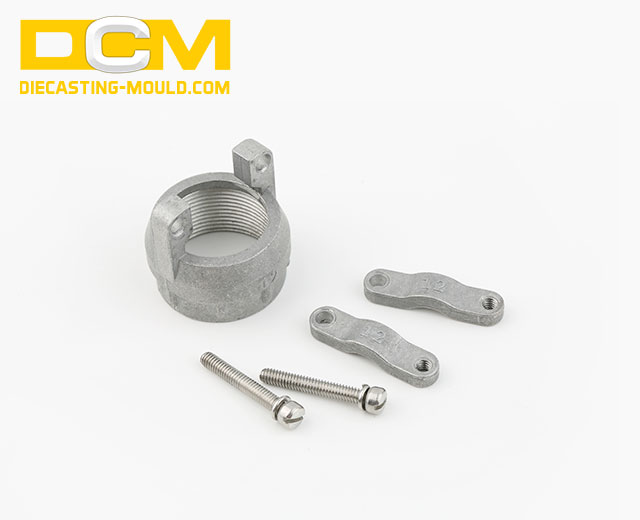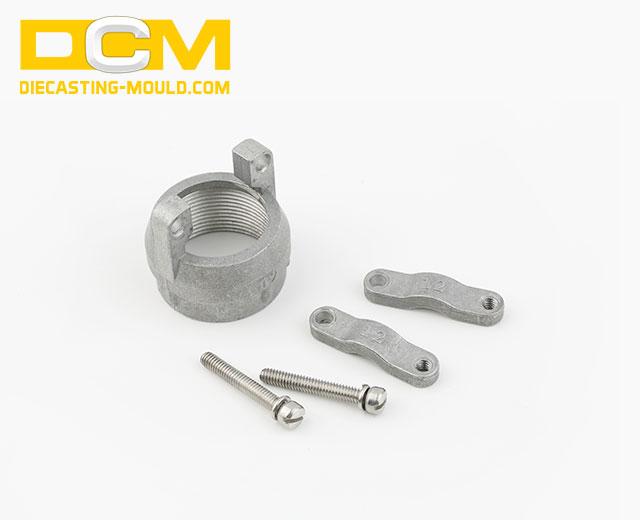Cells, growth factors, biomaterials, and other similar things are examples die casting mould of the types of active materials that may be used.
Cells, growth factors, biomaterials, and other similar things are examples of the types of active materials that may be used.
When we first started using printing technology, we started out by printing with an inkjet printer. Inkjet printers are able to print small droplets of ink in a manner that is both speedy and accurate at the corresponding position. We were successful in our endeavor to print on cells by placing the cell suspension in the cartridge of the printer. This allowed us to print on the cells. When subjected to multiple rounds of testing, the printed cells have the potential to achieve a survival rate of greater than 95%. For instance, a structure that is comparable to a blood vessel can be printed by first printing endothelial cells on the inner layer of the tube wall and then printing smooth muscle cells on the outer layer of the tube wall. This creates a structure that is analogous to a blood vessel.

Because of the high level of precision and portability that this technology possesses, it is possible to use biological 3D printing to quickly repair war wounds while they are still on the battlefield. This undertaking is being helped along financially by the Department of Defense of the United States of America. We discovered that the printed cells are capable of beating in a rhythmic pattern, which is a sign that the printed organs are capable of performing specific functions. In addition, in order to obtain active bone tissue, we 3D printed stem cells zinc die casting products that had previously been extracted from amniotic fluid and supplemented them with bone differentiation factors. This allowed us to successfully obtain active bone tissue. You will not be able to print everything, nor will you be able to print something simply for the sake of doing so. The second problem is trying to figure out how to become more industrialized. There is no connection whatsoever between the achievements of the laboratory and those of the manufacturing facility. The term "industrialization" refers to the process described here.
The scaffold for the repair of meningeal tissue that was 3D printed using the Rui Membrane is the first product of its kind to be 3D printed and is the first of its kind in the world. The plan that will be implemented in order to bring about the development of the 3D bioprinting technology. As a result of having reached the nanometer level, it is now feasible to print biomolecules, such as proteins and DNA, on a printer. This is a significant advance in the field. It is commonly believed that the scientific dream of mankind will one day be realized through the process of 3D printing, which is an advanced method of manufacturing. This will be accomplished through the combined efforts of the entire industry as well as through the collaboration of clinicians, biologists, and various other specialists from a wide range of fields.
Since it was first demonstrated in 1995, the process of developing the technology that is now known as bio-3D printing has gone through four stages of development. However, it is not capable of degrading, and the product that is implanted in a human body becomes a permanent implant; the third level: the materials that are used have good biocompatibility and are capable of degrading; the fourth level: the product itself is incapable of degrading; the fifth level: the materials that are used have good biocompatibility and are capable of degrading. The fourth level is to use living cells, proteins, and other extracellular matrix as materials in order to print out biologically active products, with the end goal being the creation of tissue and organs; this is the ultimate goal. It is possible for the product, once it has been implanted in the human body, to interact with human tissue in order to stimulate the regeneration of human tissue. At this point, the technical development of the first three levels has reached a state that can be described as relatively mature, and it has moved on to the level of practical application. In the first level of application, personalized surgical models for procedures such as neurosurgery and spinal surgery, in addition to prosthetics and other applications very similar to these, are included. Also included in this category are the vertebral body grafts that were successfully printed using 3D technology at the Third Hospital of Peking University in the year 2014.
In the third level, biocompatible and biodegradable materials are used in the production of bionic tissue engineering scaffolds. These scaffolds are used in the process of tissue engineering. This scaffold is capable of achieving up to four levels of pores, and it die casting manufacturer is suitable for the development and incorporation of a wide variety of cell types. There is also a name for this level that is "printing organs. "The human body is made up of many different types of cells and materials that make up the matrix, and these components are organized in a very particular manner in order to create it. This results in a very high degree of complexity. Cartilage is a relatively straightforward tissue in that it is made up of a restricted number of distinct cell types and lacks both blood vessels and innervation at the same time. In 1994, scientists had the mistaken belief that the technology of tissue engineering could provide a solution to the problem of organ reconstruction.
